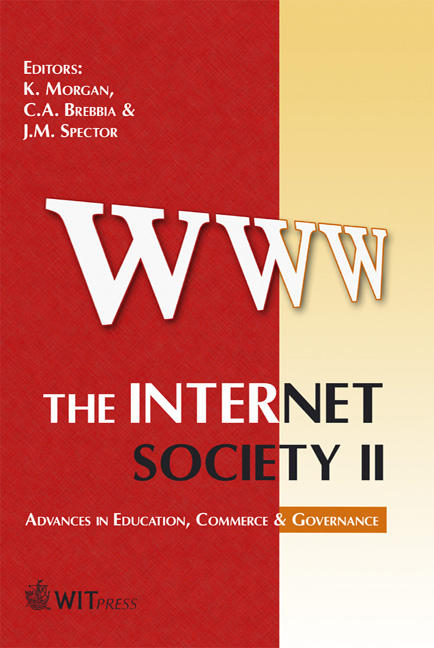Designing Markets For Learning: A Virtual Trading Room Approach
Price
Free (open access)
Volume
36
Pages
8
Published
2006
Size
392 kb
Paper DOI
10.2495/IS060041
Copyright
WIT Press
Author(s)
J. R. O’Brien
Abstract
The internet has opened up new opportunities to educators especially in terms of embracing constructivist approaches to learning. The objective of this paper is to describe how an interactive market approach to distant learning is designed and implemented in the Masters of Computational Finance (MSCF) program at Carnegie Mellon University. This approach provides a subtle blend of both behaviorist and radical constructivist principles applied to the learning environment. This resulted in a new solution to a problem facing educators, which is how to design and implement experiential settings that engage students to learn effectively. Keywords: interactive financial markets, behaviorist, radical constructivist, educational trading rooms, distant learning. 1 Introduction The internet is rapidly transforming our approach to education. It permits virtual worlds to be constructed in a manner that can deliver solutions to a major problem facing educators. This is: \“… to design a series of experiences for students that will enable them to learn effectively and motivate them to engage in the corresponding activities: On both of these points, disagreement between radical constructivists and other cognitive psychologists would be hard to find. The more difficult problem is determining the desirable learning goals and the experiences that, if incorporated in the instructional phase, will enable students to achieve these goals.” Anderson et al. [1, p238].
Keywords
interactive financial markets, behaviorist, radical constructivist,educational trading rooms, distant learning.





